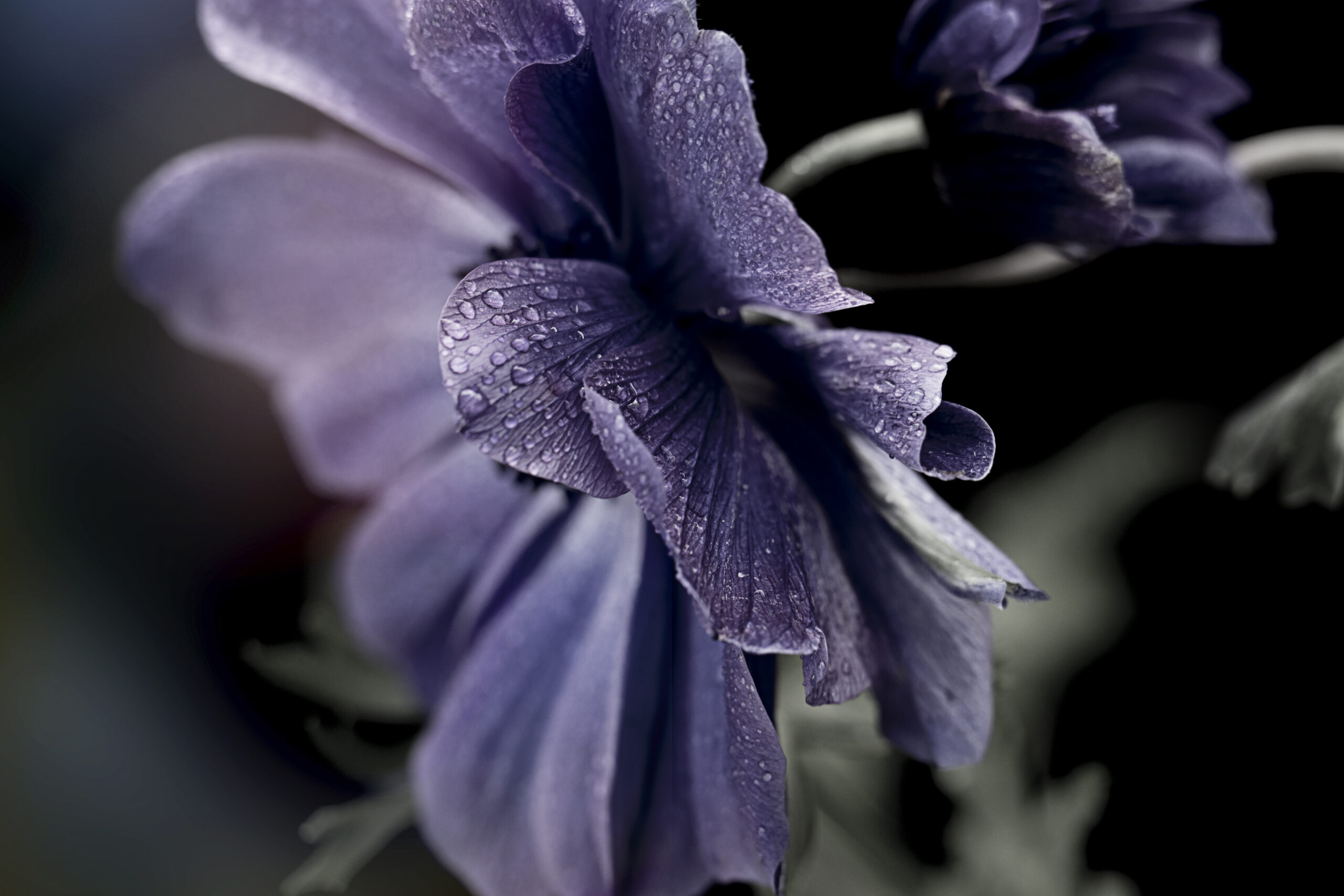Oxide of Chromium Green Refractory Uses Discussed.
It’s a fact that approximately 80% of the world’s chromium production is used for producing refractory materials? Green chromium oxide, scientifically called Cr2O3, is a standout for its unique features. These properties render it key in high-temperature applications. It enhances resilience and resistance to oxidation in a range of production processes.
This article will explore the wide range of uses of chrome oxide green in refractory materials. We will emphasize its significance in today’s industrial landscape. Let’s uncover why this multi-functional substance is so essential.
Introduction to Chromium Oxide Green
Chromium oxide green is a bright green compound renowned for its multi-use potential and durability. It is important in the refractory industry thanks to its distinct features. This compound doesn’t just improving the visual appeal of products, but also offers substantial functional benefits for demanding industrial uses.
In the refractory industry, green chromium oxide plays a pivotal role. It enhances the high-temperature resistance and toughness of products in challenging settings. This includes tasks in steel manufacturing and glass production. As companies evolve, the material’s importance becomes more prominent, delivering benefits for thermal challenges where reliability is critical.
Chromium oxide green is more than just a colorant; it’s a key ingredient for durable heavy-duty tasks. Its flexibility and robustness make it a crucial element in the manufacture of high-performance refractories.
Grasping Chromium Oxide and its Structure
Green chromium oxide, primarily known Cr2O3, is a compound composed of chromium and oxygen. Its chromium oxide composition showcases distinct properties that improve its use in different industries. This chemical configuration is solid and secure, providing strength in harsh conditions.
The thermal endurance of green chromium oxide are prominent in uses demanding substances that tolerate intense thermal conditions. It exhibits a robust capacity to withstand heat stress. This turns it into ideal for smelting and various production methods where temperature is vital.
Grasping the intricacies of the structure of chromium oxide aids industries utilize its natural advantages. Its ability to endure pressure improves overall effectiveness. This positions chromium oxide as a top choice among thermal-resistant substances.
Importance of Chromium Trioxide in Refractories
Trioxide of chromium is essential for the efficiency of refractory materials because of its special qualities. It boosts the stability and durability of these materials in extreme conditions. This understanding is crucial for appreciating its function alongside green chromium oxide in a range of uses.
Role of Chromium Trioxide in Enhancing Stability
Heat-resistant compounds must withstand intense thermal conditions without breaking down. Chromium trioxide boosts their ability to resist heat and structural integrity. This leads to less damage, making it key for industries demanding durable compounds.
Side-by-Side Evaluation of Green Chromium Oxide and Chromium Trioxide
Chromium oxide and chromium trioxide have different functions in refractory compounds. Both are key, but are not the same in their properties:
| Feature | Green Chromium Oxide | Chromium Trioxide |
|---|---|---|
| Thermal Stability | Good thermal stability | Superior heat tolerance |
| Area of Use | Regularly found in refractory compounds | Optimal for intense thermal scenarios |
| Strength | Satisfactory resilience | Greatly improves longevity |
This comparison highlights the specific strengths of green chromium oxide and chromium trioxide to heat-resistant compounds. Their unique traits boost performance and durability in various industrial settings.
Heat Tolerance Traits of Green Chromium Oxide
Green chromium oxide demonstrates noteworthy characteristics, making it suitable for high-temperature applications. Its melting point goes up to very high heat levels, providing unsurpassed reliability in harsh environments. This is vital for companies requiring durability, particularly in steel smelting processes.
Melting Point and Structural Integrity
Green chromium oxide is famous for its high-temperature fusion point, vital for preserving refractory structural integrity. This high-temperature resistance enables it to tolerate extreme heat without breaking down. Its melting resistance makes it essential in industries where reliability is crucial.
Role in Iron and Steel Production
In iron and steel production, green chromium oxide’s ability to withstand heat is invaluable. It’s often used in thermal-resistant building blocks for kilns and heat chambers. These structural units endure extreme environments and must remain intact. Green chromium oxide’s high melting point makes them effective, boosting productivity in steel production.
Benefits of Chromium Oxide Green in Refractories
Green chromium oxide significantly enhances refractory compounds, crucial for various industrial uses. It boosts structural features and oxidation resistance. These improvements increase the lifespan and effectiveness of heat-resistant materials.
Boosting Physical Strength
Incorporating chromium oxide into refractory materials significantly improves their structural qualities. Main advantages are:
- Enhanced toughness: Chromium oxide green’s strength increases materials’ ability to resist wear against damage.
- Improved durability: Its composition minimizes degradation from constant wear, extending refractory life.
- Enhanced structural resilience: This property enables thermal-resistant products to endure physical pressure, fitting demanding applications.
Resistance to Oxidation in Heat-Intensive Uses
Green chromium oxide’s resistance to oxidizing conditions is essential in high-temperature environments. The benefits are:
- Increased durability: Heat-resistant materials resist degradation, enduring harsh environments.
- Boosted performance: They undergo less wear and tear, allowing for consistent efficiency in industries.
- Minimized replacement needs: Less need for substitution of components reduces expenses for sectors using refractories.
These chromium oxide green benefits improve the functionality of refractories and encourage sustainable use. They extend service life and minimize environmental impact.
Understanding the Uses of Chromium Oxide Green in Refractories
Chromium oxide green has become crucial in various fields thanks to its unique characteristics. It excels in numerous fields, from iron production to ceramics manufacturing. Its function as a vital element in heat-resistant compounds underscores its significance.
Sectors Utilizing Chromium Oxide Green
Chromium oxide green is vital in several sectors for enhanced functionality. Here are the primary fields and their particular applications:
- Steel Industry: It’s applied in producing heat-resistant bricks and castables, providing thermal stability and endurance against usage.
- Glass Production: In refractory linings, it helps maintain thermal endurance and delivers chemical integrity.
- Pottery Production: As a colorant in ceramic finishes, it adds color, robustness, and material strength.
- Concrete Manufacturing: It boosts the quality of thermal-resistant products for intense thermal applications.
Diverse Uses of Refractories
Green chromium oxide’s adaptability isn’t limited to one field. Its roles span a vast array, for example:
- High-performance refractory bricks
- Moldable refractory materials for harsh environments
- Anti-corrosive refractory coatings
- Heat-resistant ceramics
This wide range of uses demonstrates chromium oxide green’s importance in boosting production effectiveness. Its distinct properties assist sectors achieve their operational goals, promising improved output and extended material life.
Key Industrial Uses of Chromium Oxide Green
Chromium oxide green is crucial in various industries, famous for its versatility and performance. It is primarily applied in the refractory industry, improving heat resistance and physical resilience. This compound is vital in substances developed for challenging settings.
In the production of heat-resistant bricks and coatings, green chromium oxide stands out. These materials are essential in high-temperature settings like kilns, furnaces, and incinerators. Adding chromium oxide green improves their effectiveness, promising they last longer and offer dependable use.
- Ceramics Production: Chromium oxide green is key in pottery, improving color retention and material strength.
- Metal Production: It is used in metal processes for instruments and components needing high thermal resistance.
- Glass Production: In glassworks, chromium oxide green ensures the longevity of melting tanks.
This material is vital outside standard uses but also in modern materials. The trend for sustainable methods is promoting its adoption in advanced refractory composites.
As sectors focus on efficiency and efficiency, green chromium oxide proves indispensable. Its extensive versatility highlights its role across various sectors. This proves its importance in the advanced thermal-resistance industry.
Methods of Producing Chromium Oxide Green
The production of chromium oxide green uses multiple recognized procedures, each with unique advantages and drawbacks. These methods are vital for creating pure green chromium oxide, vital for its wide-ranging uses. Techniques such as combustion, water-based, and solid formation are key in manufacture and product consistency.
Widely-Used Manufacturing Methods
Many typical manufacturing processes are utilized in green chromium oxide manufacture. These comprise:
- Burning Technique: This method involves the combustion of chromium-based materials with natural components. It is cost-effective and has a minimal ecological footprint.
- Water-Based Technique: This technique applies the interaction of chromium oxides in an liquid phase under intense pressure and heat. It yields highly crystalline materials.
- Solid Formation Process: This method involves the solid formation of green chromium oxide from water-based suspensions. It enables regulation over particle size and shape.
Each method offers unique advantages, such as financial benefits and scalability, but also has drawbacks like quality and particle size variations. Choosing the appropriate process significantly impacts the quality of the end product and its applicability for particular uses.
Quality Control in Production
Quality control is important in the production of chromium oxide green. It guarantees the final product complies with regulations for refinement and consistency. Important areas of quality control are:
- Consistent examination of starting compounds to guarantee good-quality components for green chromium oxide production.
- Oversight of process variables, such as thermal levels and force, during the multiple production processes.
- Produced material evaluation for chemical composition and physical properties, ensuring compliance with required norms.
Good production oversight methods boost the trustworthiness and effectiveness of chromium oxide green for its multiple uses. This underscores the importance of these creation methods in the entire production chain.
Sustainability in the Production and Use of Chromium Oxide Green
The trend toward eco-friendliness is changing the production of chromium oxide green. Environmental protection is now a primary focus as producers look for ways to lower environmental impact. By embracing eco-friendly methods, they cut down on pollutants and reduce resource consumption.
Incorporating green practices into chromium oxide green production meets both legal standards and market expectations. Manufacturers are now keenly aware of their environmental impact. By adopting new technologies, they gain advantages such as:
- Employing recycled substances in manufacturing, which minimizes new resource extraction.
- Enhancing production efficiency in manufacturing.
- Improving waste management to minimize environmental harm.
Chromium oxide green’s sustainable use is also clear in numerous industries. For instance, it is instrumental in pollution control devices, reducing toxic output. This demonstrates the importance of environmental responsibility in the sector of heat-resistant materials.
| Technique | Overview | Impact on Sustainability |
|---|---|---|
| Resource Utilization | Employing waste materials in manufacturing | Reduces demand for raw materials |
| Power Consumption | Techniques to lower energy consumption | Reduces energy-related emissions |
| Emission Control | Installation of advanced filtration systems | Lessens harmful pollutants released |
| Waste Minimization | Recycling and repurposing production waste | Minimizes material waste |
As industries shift toward eco-friendly practices, the manufacture of green chromium oxide and application are notable. They illustrate how eco-conscious methods and forward-thinking processes can combine, paving the way for a greener future.
Future Innovations in Chromium Oxide Green Use
The field of refractory applications is poised for major changes, particularly with chromium oxide green’s advancements. As companies focus on sustainability, the next phase of this compound becomes increasingly crucial.
Emerging technologies are pushing the boundaries in chromium oxide green’s applications, including:
- Improved heat resistance for improved durability in challenging settings.
- Advanced mixtures that increase its role in iron and steel industries and pottery.
- Next-generation production processes to minimize ecological footprint while ensuring product consistency.
Chromium oxide green’s integration into new heat-resistant materials ensures strong results for sectors worldwide. Ongoing innovation and study is set to leverage this material’s special features. This guarantees it continues to be key in cutting-edge refractory technology.
By embracing these advancements, industries can enhance the efficiency and sustainability of their heat-resistant materials. This makes the future of green chromium oxide extremely bright.
Conclusion
Green chromium oxide is a vital substance that enhances the durability and effectiveness of heat-resistant materials across multiple industries. Its exceptional properties, such as heat endurance and oxidation resistance, are vital for steel production and ceramics industries.
The exploration of chromium oxide green’s roles showcases its versatility and significance in today’s production processes. Ongoing innovations in production expand its possibilities, ensuring it continues to be essential for high-performance uses.
As the push for sustainable manufacturing grows, the use of chromium oxide green is poised to grow. Its use in producing eco-friendly refractories underscores its key function in the modern refractory industry. This ensures better functionality and output in a fast-changing manufacturing landscape.


